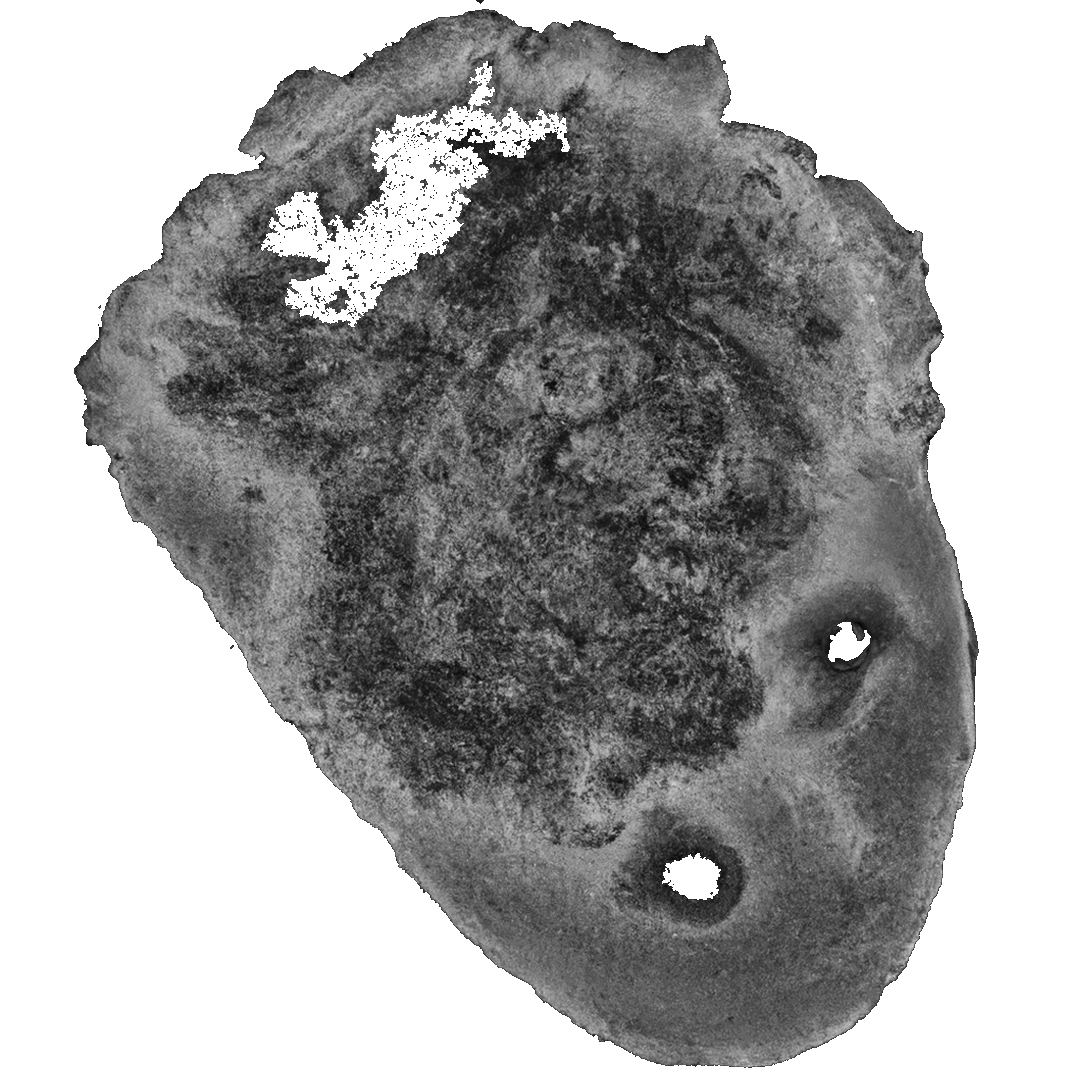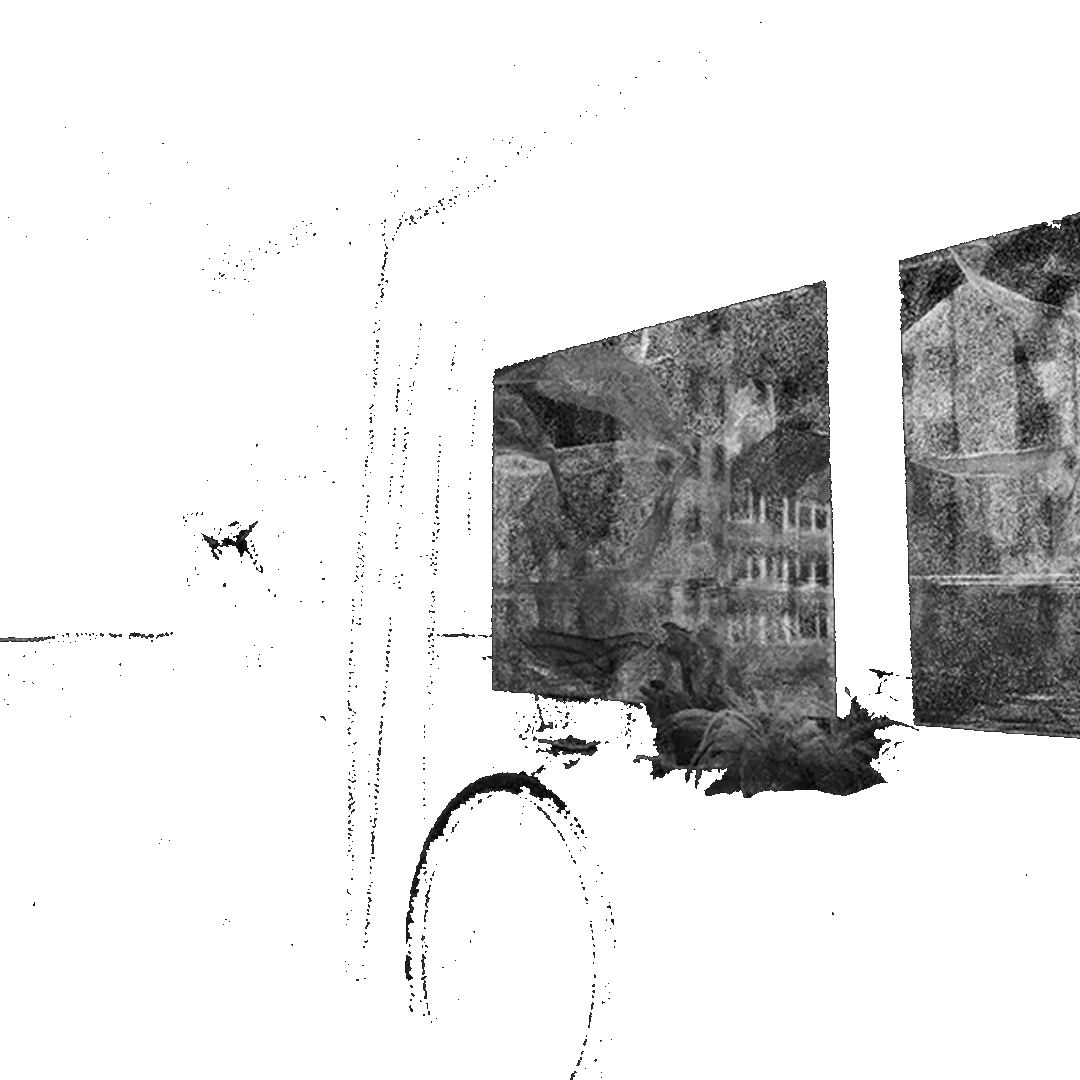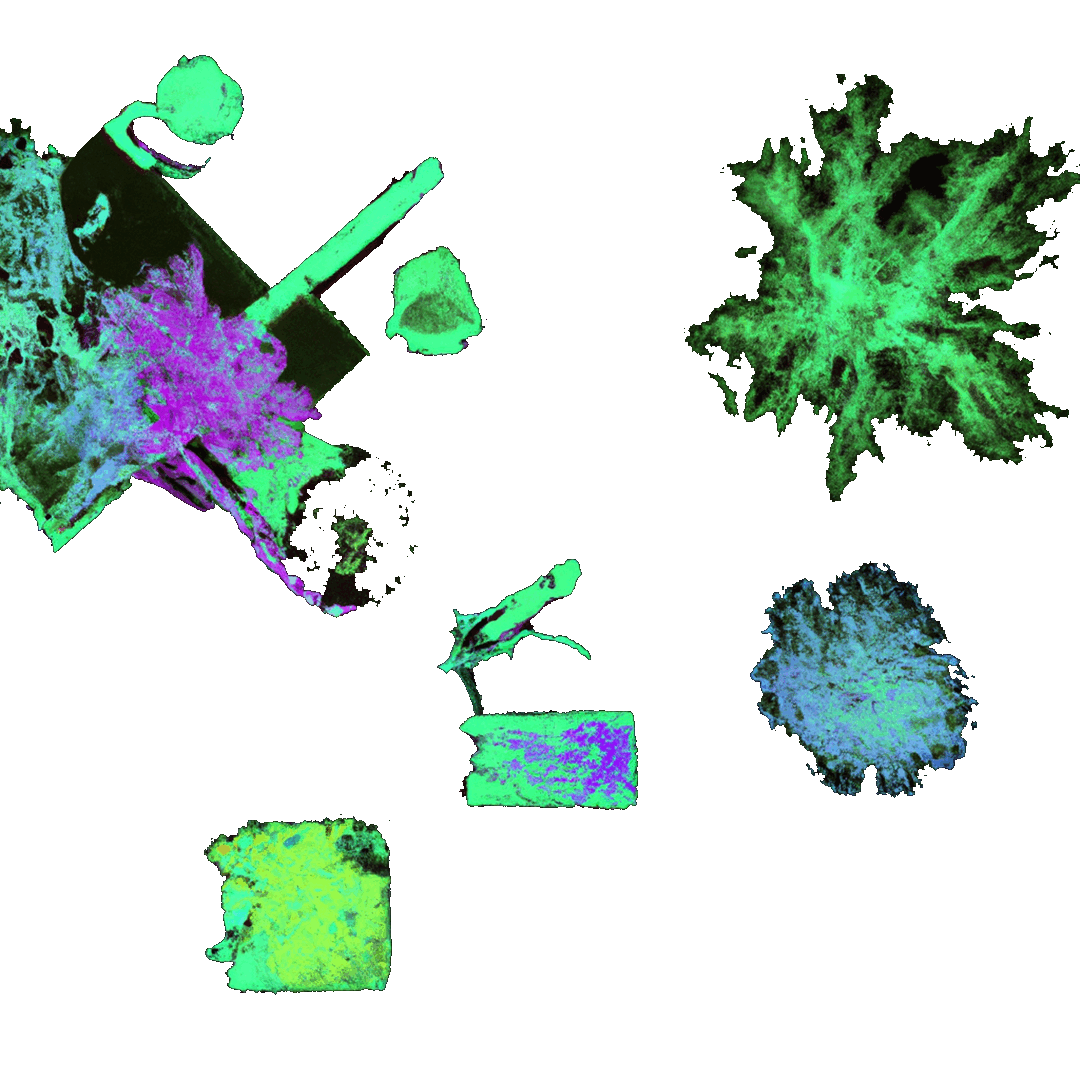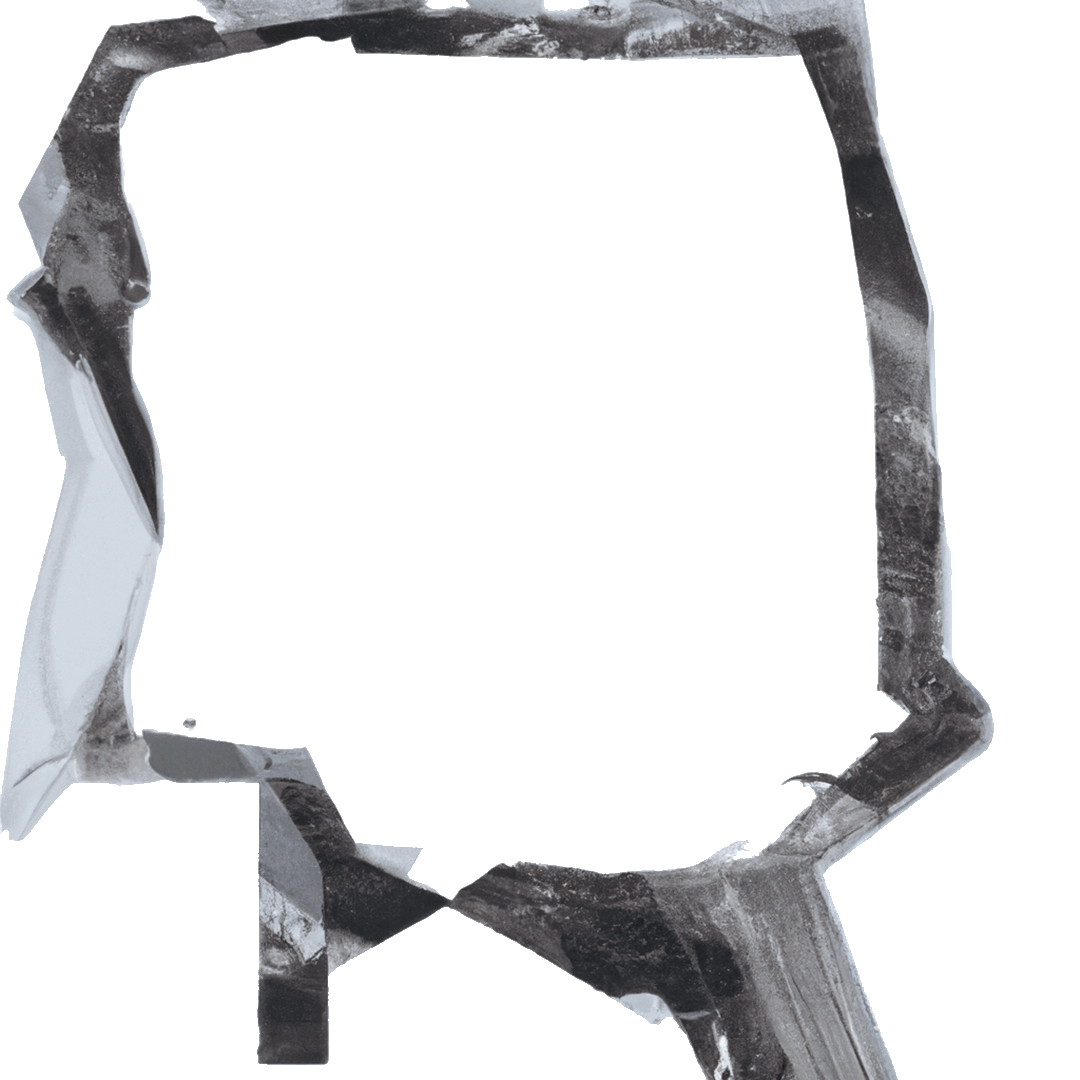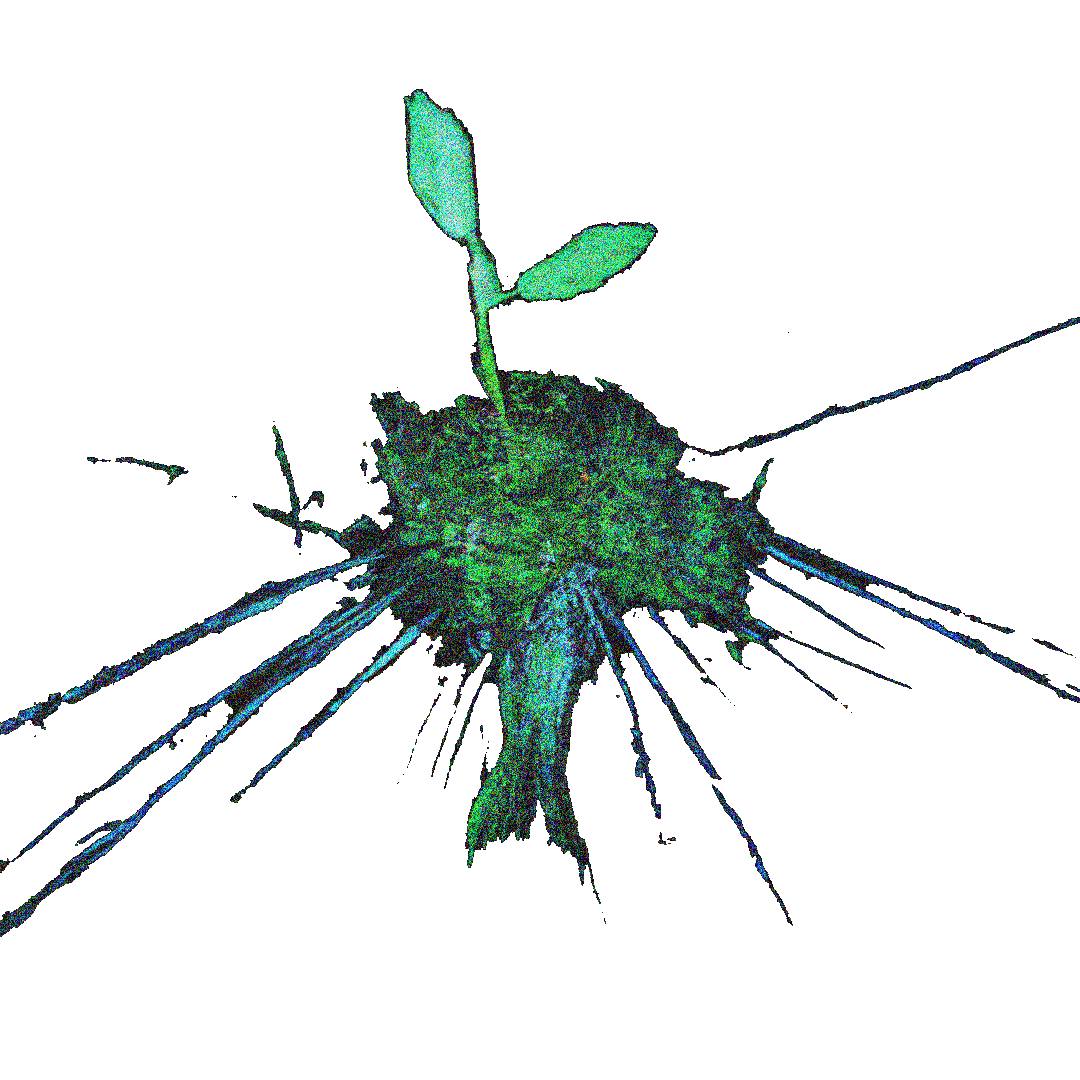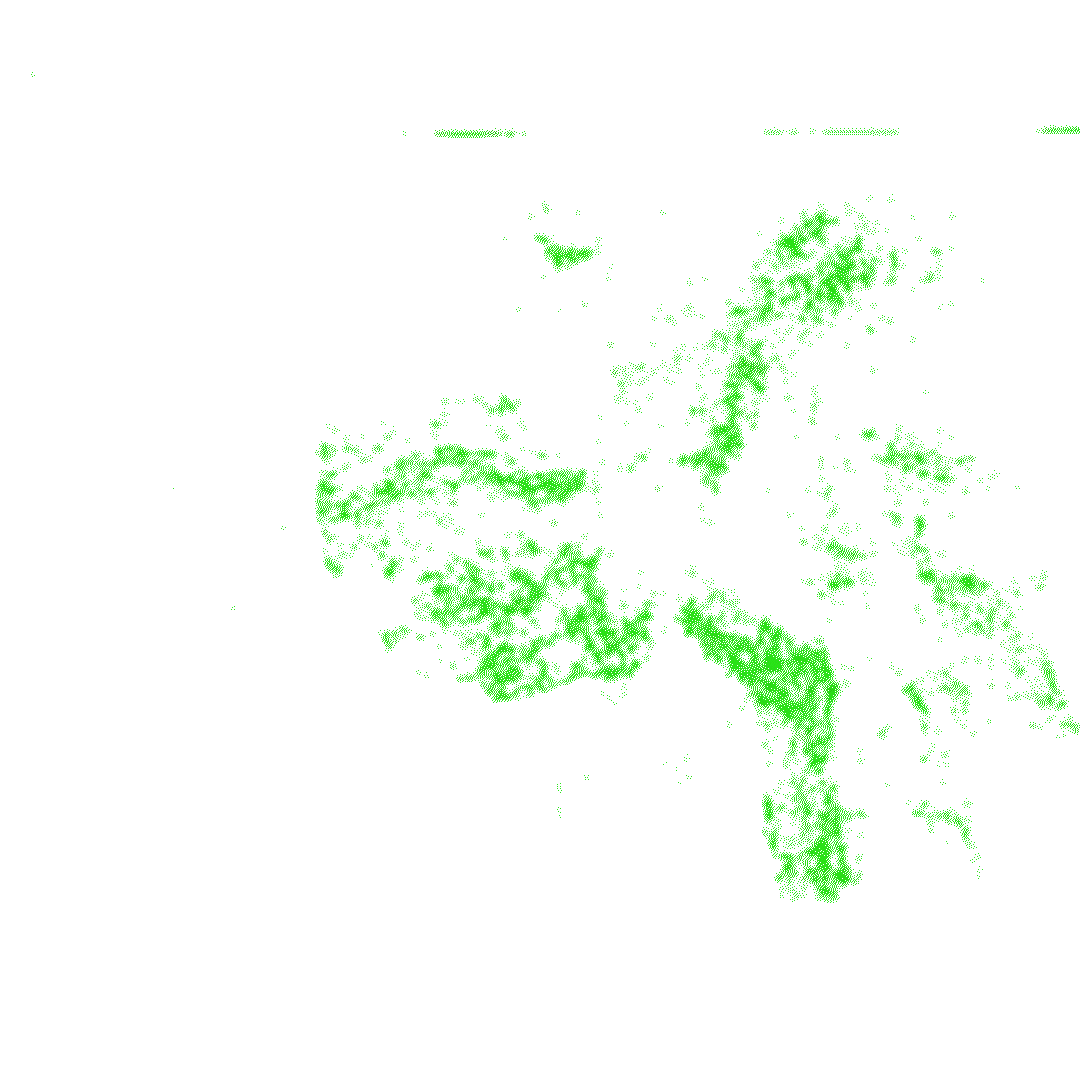Scale in the Visual World
VR environment, speculation
Scale in the visual world is a study of
proportions; a process of instigating part-to-whole relations when observing
objects or buildings in three-dimension by involuntarily including in the human
body as the fundamental referencing start point. It is also read in contrast
with other objects existing within the context, non-existing-imaginary objects
and objects perceived from experience or lived memory by bringing into
consideration the parameters of volume and extent. In this co-relation scale
emerges as a material aggregation of mathematically calculative variables
existing outside space and time, independent of the human subject in its
real-world dynamics. Space time connotations are only activated with the
intervention of body (something dimensional that exists in the real world).
Scale in real world affects the body first and then the human subject, however,
these affects are cognitive in relation to the perception, hence covered under ‘Scale in the Visual Field’. It is this fundamental foundation that formed the hypothesis for further investigation and possible articulation into the Art and Architecture.
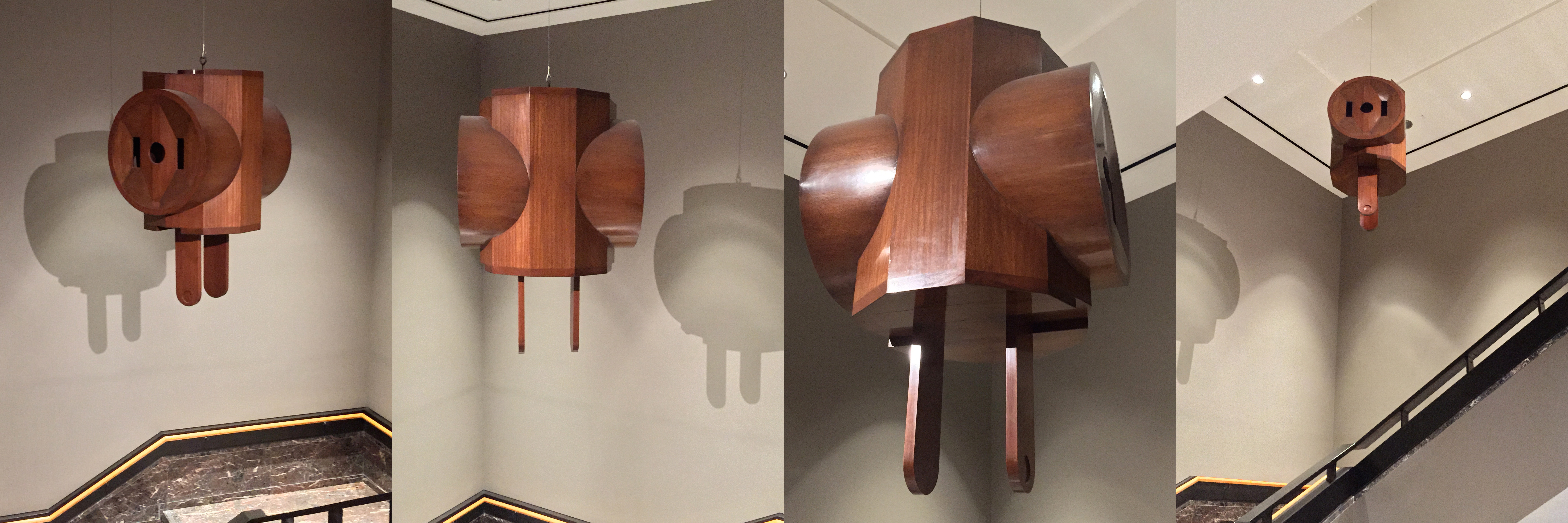
Mahogany veneer over wood
Photo courtesy : Nadja Rottner
The concern for content is mediated by the concern for material
identification in relation to the object as plug. In the visual field,
however, the dialectic between form and content prevails even under any
variation of scalar attributes. A change of size in object would only fabricate
the false idea of depth between corresponding objects represented on a flat
medium. Three-way plug is no longer the plug as a commodity object, but by
exercising scale in the visual world, it is forced to reformulate relations;
one identifying the object (sculpture) in relation to the human body and the
other, of that of the object in relation to architecture.
Scale in the visual world can briefly be understood by looking at the work of Claes Oldenburg, during the pop-art movement.
In Oldenburg’s installation of 1970, spectators are first left puzzled by the uncanny presence of 58½ x 38¾ x 29½ inches wooden Giant Three-Way Plug hanging in the gallery space of Detroit Institute of Art. Several other versions of the same were made over the course of years with differen materials. In relation to the sculpture and the context of its placement, Rudi H Fuchs asserts that “form is identified with object.
The object itself is not surprising but its identification with form and scale is”. Scale of the sculpture amplifies its symbolic connotations associated with the commodified object of plug and elevates its objecthood unmediated, unclassified, untouched. In its latent formal language, the part-to-whole relations in making assessments remains the same but scale subverts the domestic identity of plug as an object. It disrupts completely the traditional dialectic between form ann content.
The concern for content is mediated by the concern for material
identification in relation to the object as plug. In the visual field,
however, the dialectic between form and content prevails even under any
variation of scalar attributes. A change of size in object would only fabricate
the false idea of depth between corresponding objects represented on a flat
medium. Three-way plug is no longer the plug as a commodity object, but by
exercising scale in the visual world, it is forced to reformulate relations;
one identifying the object (sculpture) in relation to the human body and the
other, of that of the object in relation to architecture.
Scale in the visual world can briefly be understood by looking at the work of Claes Oldenburg, during the pop-art movement.
In Oldenburg’s installation of 1970, spectators are first left puzzled by the uncanny presence of 58½ x 38¾ x 29½ inches wooden Giant Three-Way Plug hanging in the gallery space of Detroit Institute of Art. Several other versions of the same were made over the course of years with differen materials. In relation to the sculpture and the context of its placement, Rudi H Fuchs asserts that “form is identified with object. The object itself is not surprising but its identification with form and scale is”. Scale of the sculpture amplifies its symbolic connotations associated with the commodified object of plug and elevates its objecthood unmediated, unclassified, untouched. In its latent formal language, the part-to-whole relations in making assessments remains the same but scale subverts the domestic identity of plug as an object. It disrupts completely the traditional dialectic between form ann content.
Scale in the visual world can briefly be understood by looking at the work of Claes Oldenburg, during the pop-art movement.
In Oldenburg’s installation of 1970, spectators are first left puzzled by the uncanny presence of 58½ x 38¾ x 29½ inches wooden Giant Three-Way Plug hanging in the gallery space of Detroit Institute of Art. Several other versions of the same were made over the course of years with differen materials. In relation to the sculpture and the context of its placement, Rudi H Fuchs asserts that “form is identified with object. The object itself is not surprising but its identification with form and scale is”. Scale of the sculpture amplifies its symbolic connotations associated with the commodified object of plug and elevates its objecthood unmediated, unclassified, untouched. In its latent formal language, the part-to-whole relations in making assessments remains the same but scale subverts the domestic identity of plug as an object. It disrupts completely the traditional dialectic between form ann content.

